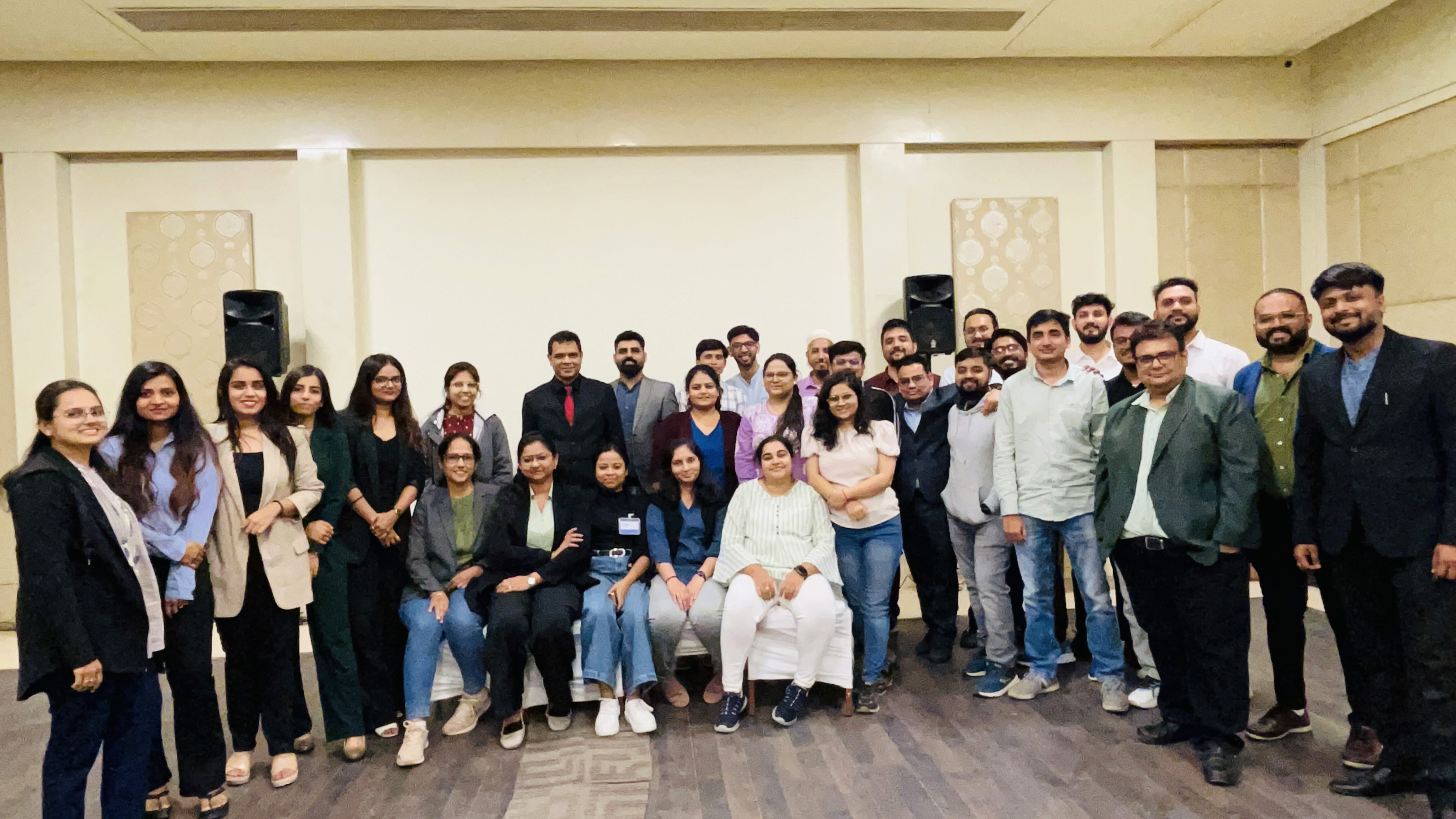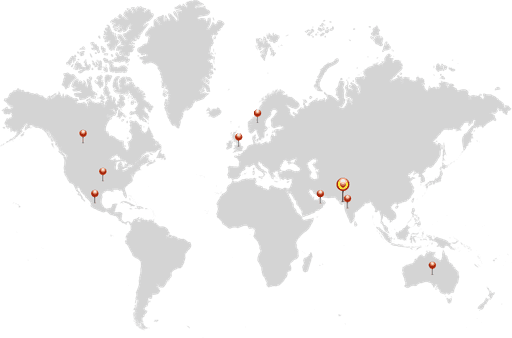Introduction
Understanding the Role of Product Engineering
Software product engineering transformation entails more than simply creating new products. It is about developing an essential foundation for how to run a product-oriented business. Among other things, a product engineering service company would focus on the following aspects:
Recognizing white spaces.
Choosing product characteristics.
Making sure that there is a product-market fit.
Smart product pricing.
Providing security throughout the product's lifespan.
All those mentioned above are essential components of any successful product engineering methodology. However, several factors can obstruct sound product engineering and this blog will help you understand some common product engineering challenges.
Product engineering is successful when integrated into a framework that provides clear goals and links product development and legacy transformation to critical business objectives. In addition, it is iterative and flexible to changing dynamics.
It also necessitates the appropriate skill sets, whether with internal teams or external partners.
Legacy teams maintaining legacy products frequently struggle to adapt and implement new technologies. Above all, it should be as structured and predictable as possible, with as few surprises or dead ends as feasible.
Success entails greater customer service, increased productivity, and cost savings.
If all of these parts are not operating in tandem, product development might look to be adrift. When this occurs, firms frequently create subpar product quality or discover that their goods fail to advance corporate goals.
Major Challenges Faced by Product Engineering Teams
Ideation
Aggressive Timelines and Budget
Trade-offs
Time-to-market
Security Infrastructure
Ideation
Idea generation is the first checkpoint in Software product engineering. Unfortunately, as simple as it sounds, certain businesses frequently run across concept bottlenecks while making judgments. In an industry with much competition, coming up with new ideas is a difficult task. It is also difficult to gather accurate and actionable data about customer needs and their pain points. Finally, it would be a debate to ensure that the product idea will be successful in the marketplace.
On the other hand, PMs can avoid this staleness in ideation by establishing suggestion bins during brainstorming sessions. Use this repository to collect interesting viewpoints from team members and other product experts. Product engineers and Managers can avoid unnecessary confusion and delays by building a solid product roadmap that aligns with the client's overall strategy and vision.
Tip: Create a bonus system to reward team members who come up with the most profitable ideas. This incentive scheme will encourage employees to participate actively in the brainstorming process.
Aggressive Budgets and Timelines
Aggressive budgets and timelines in software product engineering can lead to several challenges, such as difficulty in ensuring quality, difficulty accommodating stakeholder requirements, and difficulty ensuring adequate testing and validation.
Additionally, it can lead to burnout among team members and a lack of flexibility to adapt to changing requirements or unexpected issues. To mitigate these challenges, it is essential to have clear and realistic goals, effective communication and collaboration, and a focus on continuous improvement. Additionally, it may be helpful to incorporate agile methodologies or other project management techniques that prioritize flexibility and adaptation.
Here are a few things you can do to manage your time:
Divide benchmarks into weekly deadlines. Working with weekly deadlines allows us to give our projects with the following:
A continuous sensation of urgency without becoming panicked
A tighter grip on opportunities for growth to stall
A more efficient chain of command for issue solving
Determine potential resources to assist your staff in shortening learning curves.
While most of the work may be adapted to your team's capabilities, there will generally be phases of your project that will test your team's skill and bandwidth challenges along the road, offering a far larger threat to your timeframe than overall sluggishness.
Without a quick solution, these challenges can push your project back, but with good leadership, you can keep your project schedules on track. First, pre-scout the path your product will follow, looking for knowledge gaps that impede your team's ability to meet deadlines.
With the correct help and resources, your goods will stay on schedule and arrive at the station on time.
Invest in (or gain access to) technology that will save you the most time.
For larger and better-funded teams, investing in the right technology can assist in speeding up essential activities, particularly repeated ones, such as prototyping.
Trade-Offs
A trade-off occurs when two desired traits are balanced. This is the most challenging aspect of Software product development. Recognizing and comprehending these trade-offs will increase the product's success. For example, an airplane can be made lighter, but the production costs will rise. So, we must manage manufacturing costs while making the plane lighter. Trade-off challenges in Product Engineering can be understood as the following.
Difficulty in ensuring quality: Meeting tight budgets and timelines can make it challenging to thoroughly test and validate a product, leading to potential issues with quality.
Difficulty in capturing stakeholder requirements: With limited time and resources, gathering and incorporating input from all relevant stakeholders may be challenging.
Difficulty in ensuring adequate testing and validation: With tight deadlines, there may be insufficient time to thoroughly test and validate a product, leading to potential issues with reliability and performance.
Lack of flexibility: With a focus on meeting aggressive deadlines, there may be less flexibility to adapt to changing requirements or unexpected issues.
Solutions: Set clear and realistic goals to ensure completion on time and within budget while meeting the client's and stakeholders' needs. Communicate effectively with your team and prioritize the most critical tasks and deliverables. Learn to adapt to change as needed, invest time in identifying potential risks, and discuss ways to mitigate them in time.
Time to Market
The product's market placement will be determined by your company's ability to achieve deadlines and launch schedules. Therefore, project managers should fine-tune operations to ensure everything runs smoothly and on schedule.
Here are a few challenges faced by Product Engineering service company when it comes to Time to Market
Difficulty in balancing speed and quality
Difficulty in capturing stakeholder requirements
Not ensuring adequate testing and validation
Lack of flexibility
Difficulty in coordinating and managing multiple teams
Difficulty in predicting the market
Hiring hold-ups
Concerns about compliance
Post-launch enhancements
Outdated systems
It is important to incorporate agile methodologies that prioritize flexibility and adaptation to mitigate these challenges.
Security Infrastructure
Security infrastructure is a critical aspect of product engineering, as it helps to protect a product and its users from potential threats. Some of the specific challenges that can arise when trying to incorporate security infrastructure into a product include the following:
Difficulty in balancing security and usability: Implementing security measures can make a product more difficult to use, negatively impacting its usability.
Difficulty in identifying potential threats: It cannot be easy to anticipate them, making it challenging to design effective security measures.
Difficulty in implementing security measures: Incorporating security measures can be complex and time-consuming, challenging when working under tight deadlines.
Difficulty in maintaining security measures: Security measures must be regularly updated to ensure effectiveness. This can be a challenge, especially when dealing with rapidly evolving technology.
Difficulty in complying with regulations and standards: Products may have to comply with various security regulations and standards, which can be challenging to navigate and implement.
Difficulty in testing security measures: Security measures can be challenging to test, as it can be hard to simulate real-world attack scenarios.
To mitigate these challenges, it is essential to have a clear security strategy involving experts in the security field that includes ongoing risk assessments, regular testing and monitoring, and regular updates and maintenance. Additionally, it may be helpful to incorporate industry standards and regulations in the design process and to involve security experts throughout the development process. Finally, educating team members and stakeholders about security best practices and raising awareness of potential threats is also important.
Conclusion
All these challenges can be mitigated by having clear and realistic goals, effective communication and collaboration, focusing on continuous improvement, and using agile methodologies or other project management techniques. Additionally, incorporating industry standards and regulations, involving security experts throughout the development process, educating team members and stakeholders about security best practices, and raising awareness of potential threats can help ensure that a product is secure and meets the needs of its users.
A software product engineering service company can help you by addressing these challenges, a product can be developed that is of high quality, meets the needs of its users, and is competitive in the marketplace. At Promact, we give original ideas, stay up with consumer demands, and embrace new architecture and technology to provide our clients with product development benefits.

We are a family of Promactians
We are an excellence-driven company passionate about technology where people love what they do.
Get opportunities to co-create, connect and celebrate!
Vadodara
Headquarter
B-301, Monalisa Business Center, Manjalpur, Vadodara, Gujarat, India - 390011
Ahmedabad
West Gate, B-1802, Besides YMCA Club Road, SG Highway, Ahmedabad, Gujarat, India - 380015
Pune
46 Downtown, 805+806, Pashan-Sus Link Road, Near Audi Showroom, Baner, Pune, Maharashtra, India - 411045.
USA
4056, 1207 Delaware Ave, Wilmington, DE, United States America, US, 19806

Copyright ⓒ Promact Infotech Pvt. Ltd. All Rights Reserved

We are a family of Promactians
We are an excellence-driven company passionate about technology where people love what they do.
Get opportunities to co-create, connect and celebrate!
Vadodara
Headquarter
B-301, Monalisa Business Center, Manjalpur, Vadodara, Gujarat, India - 390011
Ahmedabad
West Gate, B-1802, Besides YMCA Club Road, SG Highway, Ahmedabad, Gujarat, India - 380015
Pune
46 Downtown, 805+806, Pashan-Sus Link Road, Near Audi Showroom, Baner, Pune, Maharashtra, India - 411045.
USA
4056, 1207 Delaware Ave, Wilmington, DE, United States America, US, 19806

Copyright ⓒ Promact Infotech Pvt. Ltd. All Rights Reserved
